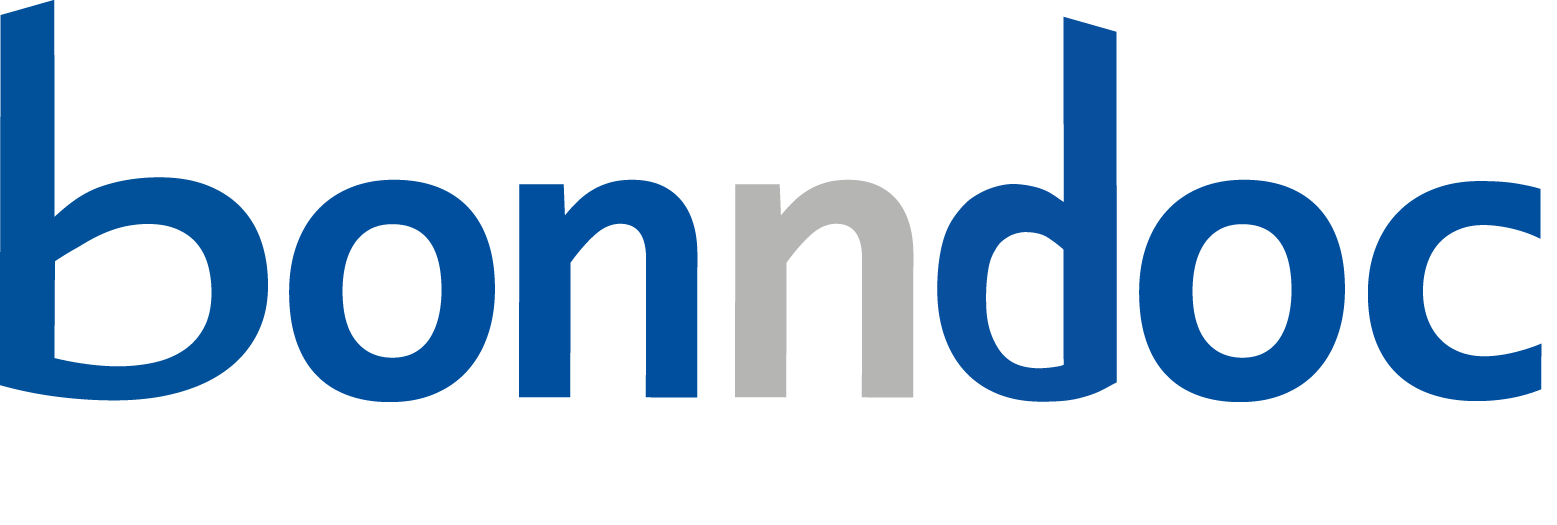Heubach, Caspar Anton: Spin Labeling with Nitroxide, Trityl, and Copper Labels for Protein Structure Elucidation by EPR Spectroscopy. - Bonn, 2024. - Dissertation, Rheinische Friedrich-Wilhelms-Universität Bonn.
Online-Ausgabe in bonndoc: https://nbn-resolving.org/urn:nbn:de:hbz:5-79979
Online-Ausgabe in bonndoc: https://nbn-resolving.org/urn:nbn:de:hbz:5-79979
@phdthesis{handle:20.500.11811/12641,
urn: https://nbn-resolving.org/urn:nbn:de:hbz:5-79979,
author = {{Caspar Anton Heubach}},
title = {Spin Labeling with Nitroxide, Trityl, and Copper Labels for Protein Structure Elucidation by EPR Spectroscopy},
school = {Rheinische Friedrich-Wilhelms-Universität Bonn},
year = 2024,
month = dec,
note = {In this thesis, the intricate challenges that emerge in the application of site-directed spin labeling (SDSL) techniques for structural investigation of biomolecules are addressed, with a specific focus on nitroxide, trityl and copper spin labels. The primary objective revolves around standardizing procedures to enhance the reliability and reproducibility of these SDSL techniques. Furthermore, the application scope of the different spin labels for pulsed dipolar EPR spectroscopy is discussed.
In the first section of this thesis, through a comprehensive SDSL strategy utilizing the Yersinia outer protein O (YopO) as a model system, a set of standardized guidelines for SDSL of proteins employing the widely utilized MTSL spin label is developed. Designed as a multi-laboratory benchmark test, the reproducibility and robustness of data acquisition and analysis on the spin-labeled proteins are evaluated and discussed.
In the second section of this thesis, a reliable and reproducible spin-labeling protocol for proteins using trityl spin labels is developed. Through meticulous adjustments and fine-tuning of the labeling conditions, the developed protocol sufficiently suppresses aggregation and over labeling of the proteins and enables site-selective spin labeling using maleimide-functionalized trityl spin labels. Subsequently, the trityl-labeled proteins are compared with regards to their EPR sensitivity and the width of the PDS-derived distance distributions. Furthermore, the feasibility of EPR distance measurements at nanomolar concentrations and within cellular systems is assessed.
In the first two sections, ambiguous distance distributions were obtained using both nitroxide and trityl spin labels which suggested two distinct conformations of YopO's a-helical backbone. Therefore, in the third section of this thesis, the conformationally restricted bipedal double histidine motif loaded with paramagnetic copper(II) nitrilotriacetic acid (dHis-Cu2+(NTA)) was employed to distinguish between label and protein conformations. Through its reduced conformational flexibility, it was revealed that the a-helical backbone of YopO adopts a single conformation in solution.
The herein presented results provide valuable guidelines to the EPR community as well as non-experts for the application of nitroxide spin labels and PDS-EPR in structural biology, outline a reliable protocol for the routine application of maleimide-functionalized trityl spin labels in PDS-EPR, and showcases an approach to differentiate between spin label and protein conformations using the dHis-Cu2+(NTA) spin label.},
url = {https://hdl.handle.net/20.500.11811/12641}
}
urn: https://nbn-resolving.org/urn:nbn:de:hbz:5-79979,
author = {{Caspar Anton Heubach}},
title = {Spin Labeling with Nitroxide, Trityl, and Copper Labels for Protein Structure Elucidation by EPR Spectroscopy},
school = {Rheinische Friedrich-Wilhelms-Universität Bonn},
year = 2024,
month = dec,
note = {In this thesis, the intricate challenges that emerge in the application of site-directed spin labeling (SDSL) techniques for structural investigation of biomolecules are addressed, with a specific focus on nitroxide, trityl and copper spin labels. The primary objective revolves around standardizing procedures to enhance the reliability and reproducibility of these SDSL techniques. Furthermore, the application scope of the different spin labels for pulsed dipolar EPR spectroscopy is discussed.
In the first section of this thesis, through a comprehensive SDSL strategy utilizing the Yersinia outer protein O (YopO) as a model system, a set of standardized guidelines for SDSL of proteins employing the widely utilized MTSL spin label is developed. Designed as a multi-laboratory benchmark test, the reproducibility and robustness of data acquisition and analysis on the spin-labeled proteins are evaluated and discussed.
In the second section of this thesis, a reliable and reproducible spin-labeling protocol for proteins using trityl spin labels is developed. Through meticulous adjustments and fine-tuning of the labeling conditions, the developed protocol sufficiently suppresses aggregation and over labeling of the proteins and enables site-selective spin labeling using maleimide-functionalized trityl spin labels. Subsequently, the trityl-labeled proteins are compared with regards to their EPR sensitivity and the width of the PDS-derived distance distributions. Furthermore, the feasibility of EPR distance measurements at nanomolar concentrations and within cellular systems is assessed.
In the first two sections, ambiguous distance distributions were obtained using both nitroxide and trityl spin labels which suggested two distinct conformations of YopO's a-helical backbone. Therefore, in the third section of this thesis, the conformationally restricted bipedal double histidine motif loaded with paramagnetic copper(II) nitrilotriacetic acid (dHis-Cu2+(NTA)) was employed to distinguish between label and protein conformations. Through its reduced conformational flexibility, it was revealed that the a-helical backbone of YopO adopts a single conformation in solution.
The herein presented results provide valuable guidelines to the EPR community as well as non-experts for the application of nitroxide spin labels and PDS-EPR in structural biology, outline a reliable protocol for the routine application of maleimide-functionalized trityl spin labels in PDS-EPR, and showcases an approach to differentiate between spin label and protein conformations using the dHis-Cu2+(NTA) spin label.},
url = {https://hdl.handle.net/20.500.11811/12641}
}






